Add Spice to Your Fall Color Program
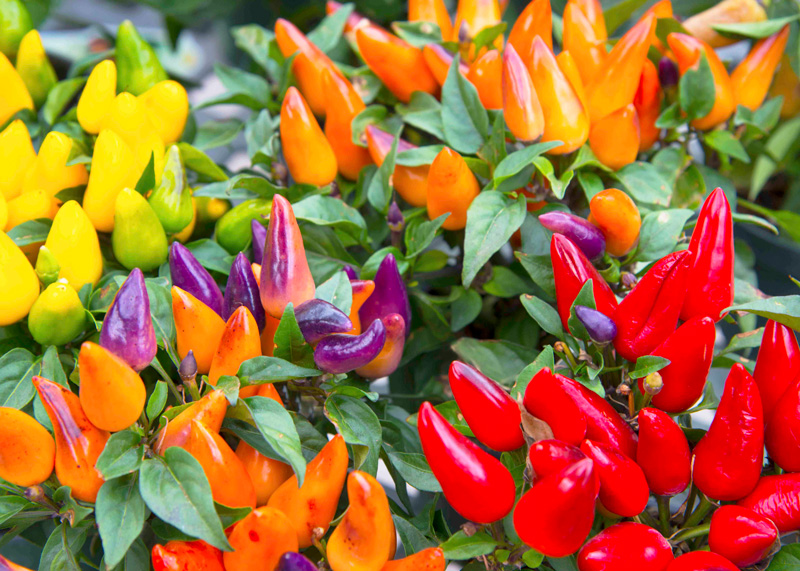
There was a time when mums were about all you had for the fall color beds. And then a few people brought in Joseph’s coat, and copper plants hung around from the summer. Cockscombs were standing proud as their foliage and giant heads took on a rich crimson red color as the weather turned cooler.
And then along came a boatload of other color, from crotons to firebush, “Marimums” (marigolds grown for the fall garden – named by Texas A&M Extension horticulturist Dr. Steve George and his wife Brenda) to Mexican bush salvia.
And ornamental peppers. Dozens of types in a wide mix of colors, shapes and sizes. You’ll find them arriving now in Texas’ best garden centers.
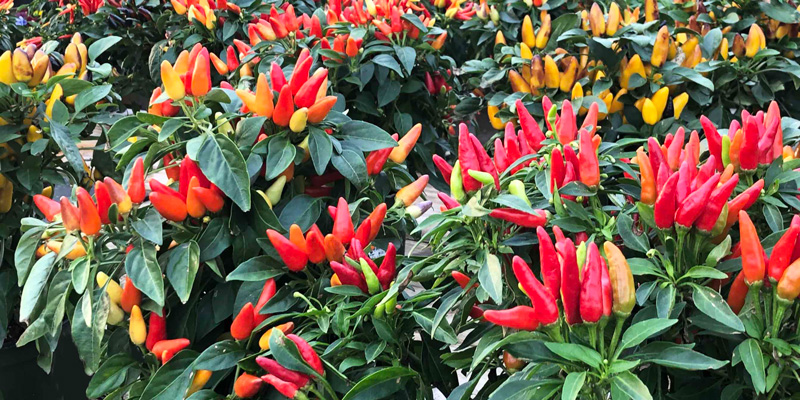
Basic facts to get you started…
• Ornamental pepper plants are usually smaller than their garden variety cousins. Most types grow to be the size of a basketball – the plants, that is.
• Their fruit will usually be 3/4-inch to 1-inch in size, but there occasionally will be larger types and there are certainly smaller types, some not any bigger than BBs.
• Fruit colors include red, orange, yellow and purple, often all on the same plant at the same time.
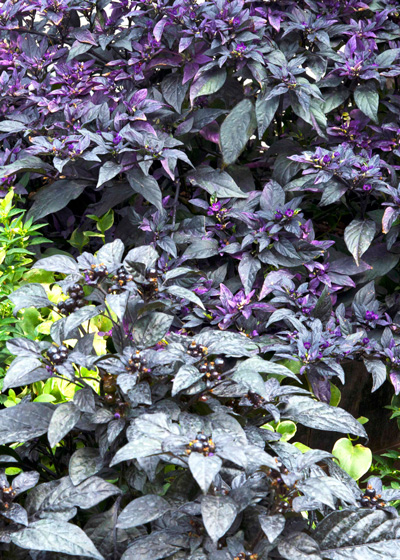
• Most will have dark green foliage, but many newer varieties have deep purple leaves. Some are even variegated.
• Grow peppers in full or nearly full sun.
• Plant them into well-prepared garden soil or a lightweight, highly organic potting soil.
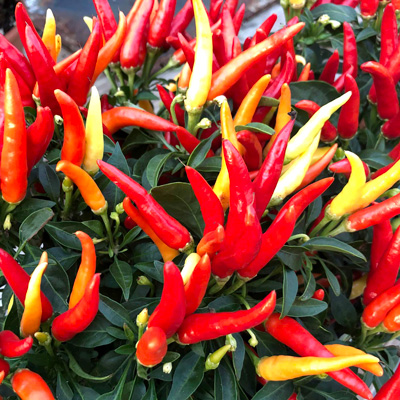
• They’re especially attractive when used in large patio pots where they can be combined with similarly sized flowering annuals for nice contrasts in colors and textures.
• Keep the plants moist at all times, but be sure that they drain well. They are intolerant of waterlogged ground.
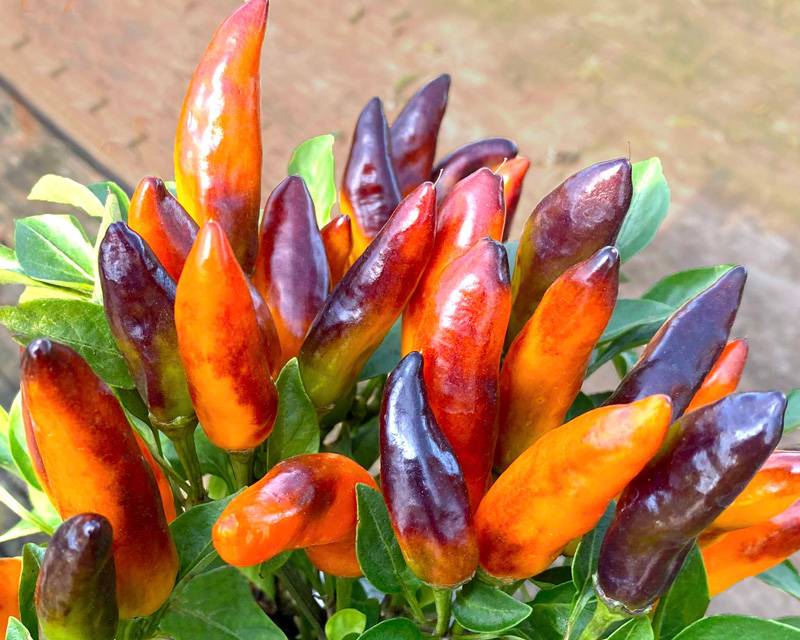
• Feed them every couple of weeks with a diluted, water-soluble, high-nitrogen houseplant food.
• Yes, these peppers are usually hot. Some very hot. Most varieties have not been bred and selected for their edibility, but primarily for their good looks. If you do decide to taste-sample them, do so at your own risk. 😊
